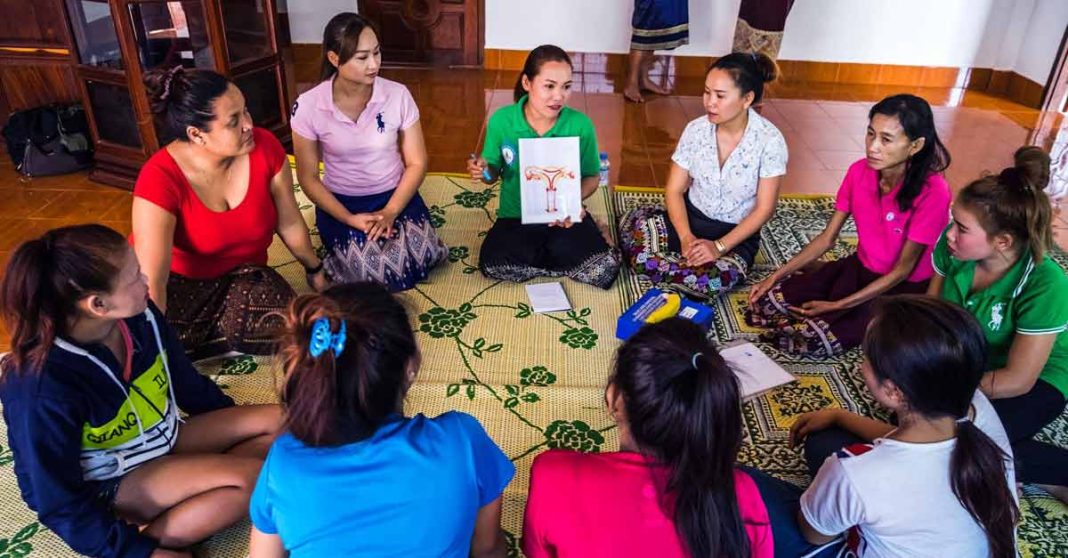A new report from UNAIDS, the Joint United Nations Programme on HIV/AIDS, estimates that with 42 percent of HIV cases in Laos affecting people below the age of 25, the country has one of the highest rates of HIV infections among young people in the world.
Several other Southeast Asian nations have also reported a concerning number of HIV cases among young people, including Myanmar (53%), Indonesia (48%), Thailand, the Philippines (47%), Cambodia (43%), and Vietnam (33%).
The above figure is also worrisome because Laos has some of the youngest populations in the region, with nearly 60% of its population below 25 years. However, the report also found that the rate of HIV infection among young people in Laos does not appear to be on an increasing trend.
Laos has set a target of diagnosing 90% of all people living with HIV by 2025 as part of its National Strategy to End AIDS by 2030, yet it is quite likely that this ambitious target might not be achieved.
According to HIV and AIDS Estimates from UNAIDS, Laos has 16,000-19,000 adults and children living with HIV. Of this number, 15,000-19,000 are adults aged 15 and over.
Laos’ first known case of HIV infection was reported in 1990, and its first documented case of AIDS was recorded in 1992.
Several factors contribute to the high rate of HIV infection among young people in Laos, which include poverty, lack of access to education and healthcare, and social stigma surrounding HIV.
The Lao government, together with civil society organizations, has taken some steps to address the problem of HIV, including increasing access to HIV testing and treatment and raising awareness about HIV prevention. However, more needs to be done to protect young people from HIV infection.
An important first step is to ensure that all young people have access to comprehensive sex education. This education should include information about HIV and other sexually transmitted infections, as well as how to prevent them.



